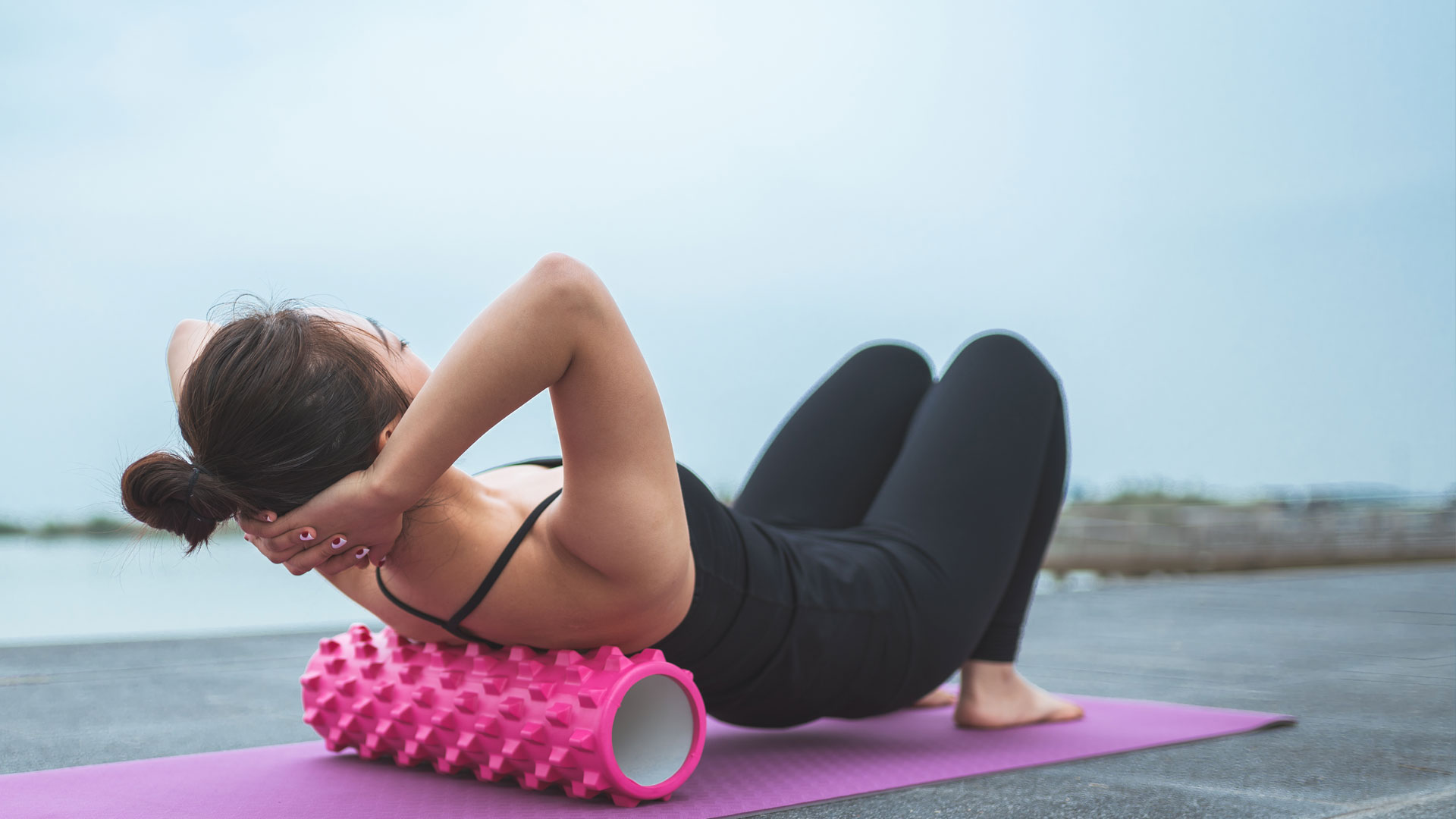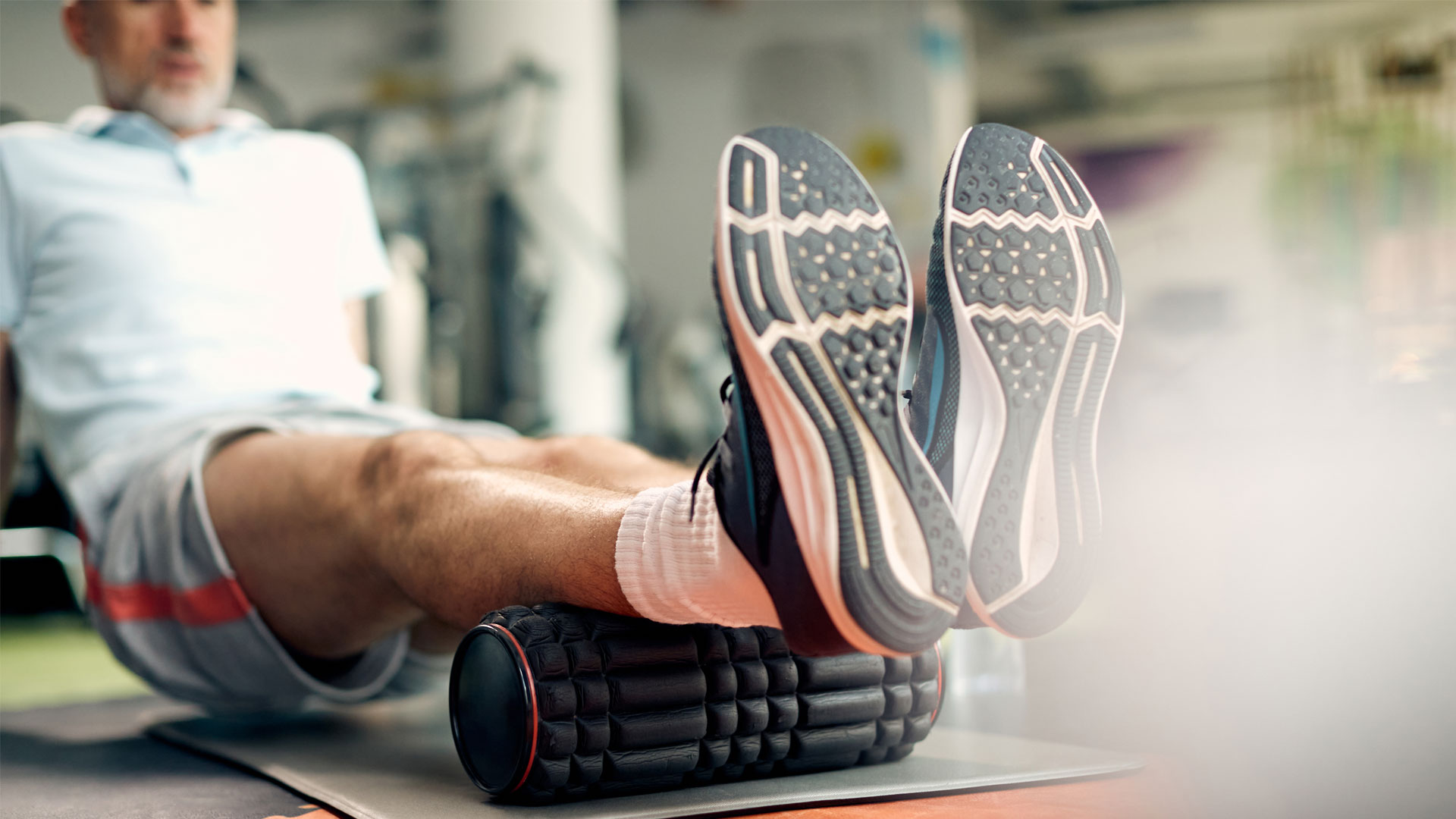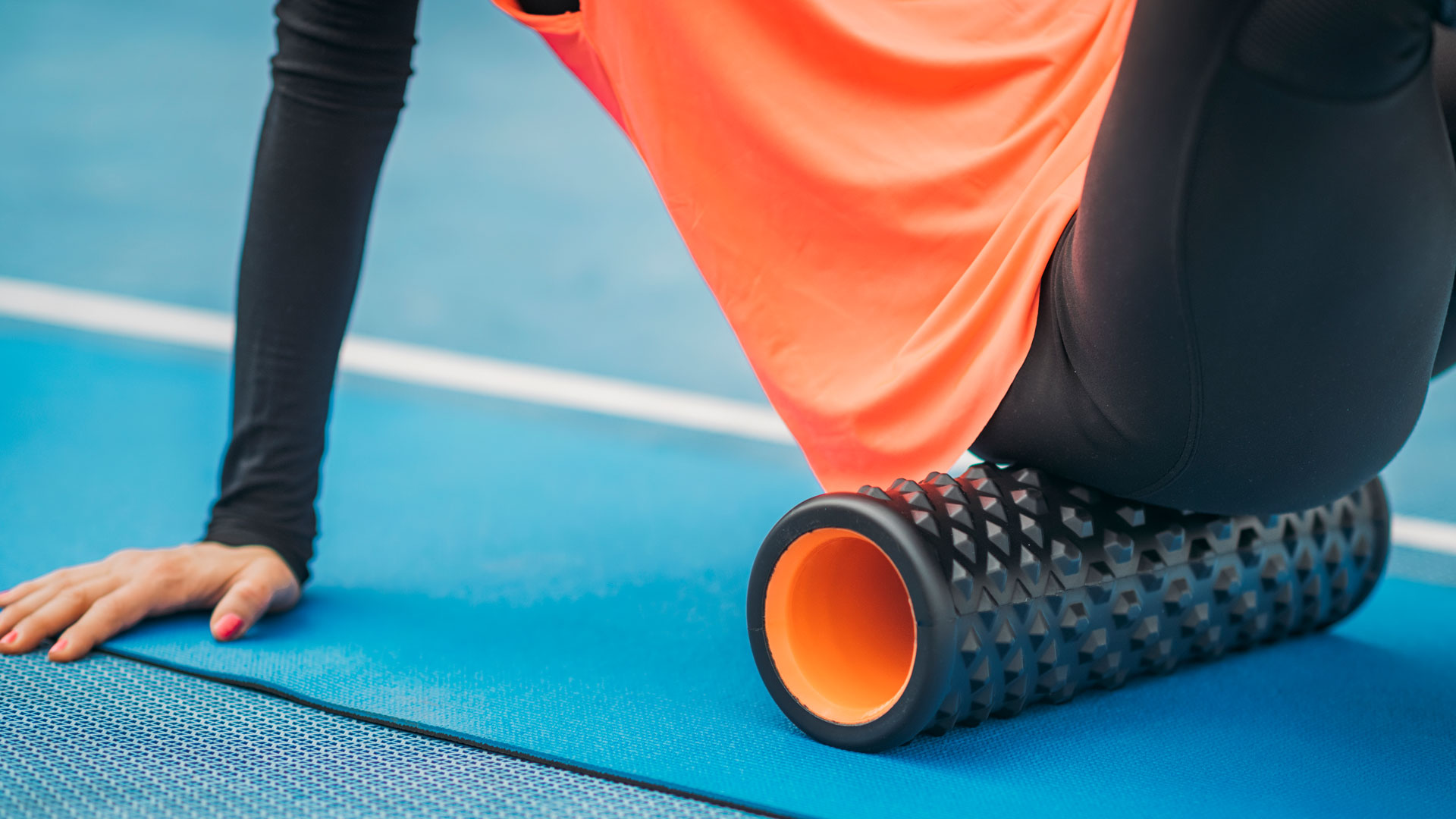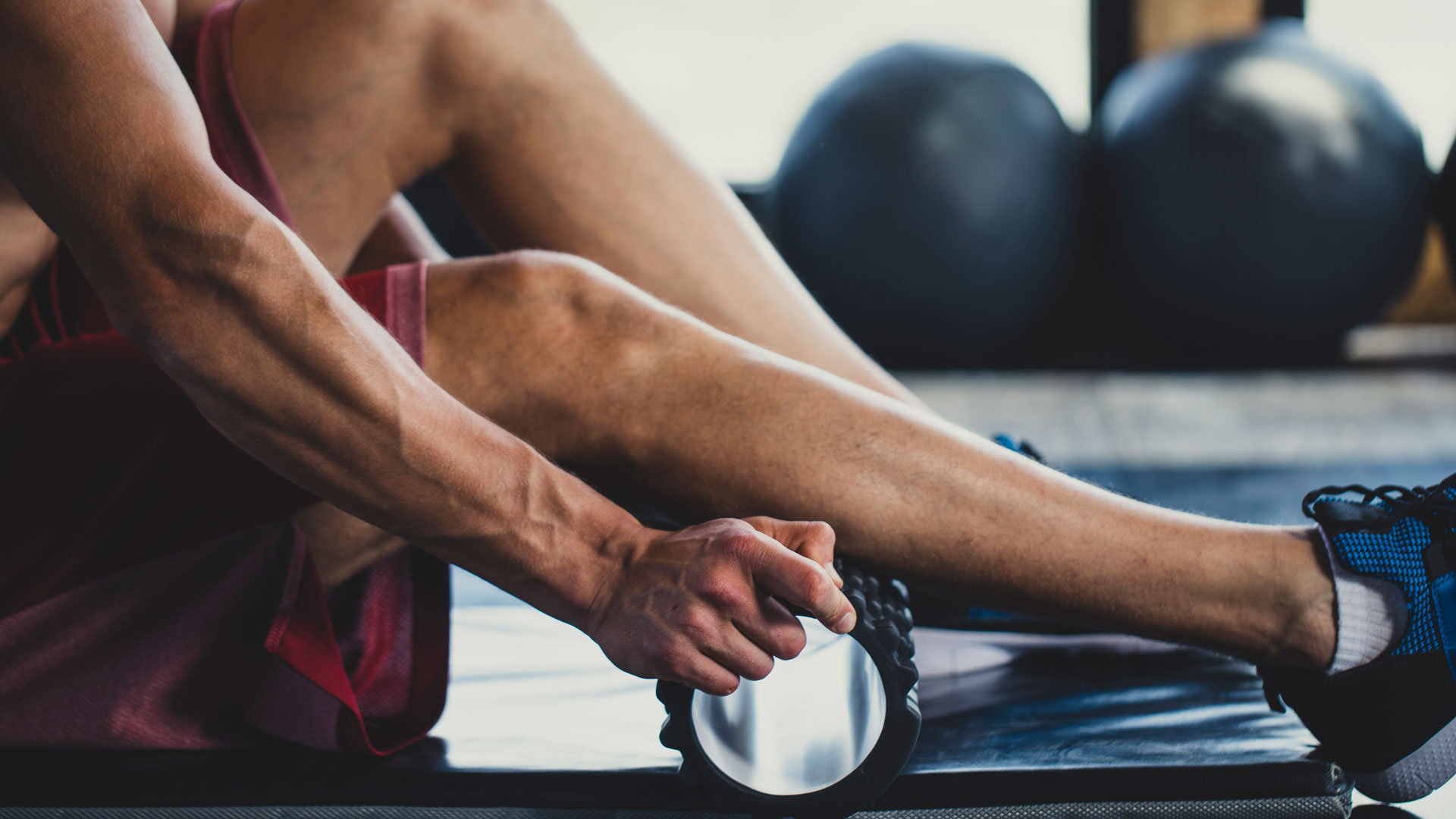7 foam roller exercises to ease muscle pain
Foam roller exercises can help ease muscle tightness from exercise


Foam roller exercises are a simple way to ease tight muscles after regular exercise. If you’ve bought the best foam roller and aren’t sure how to use it, we’ve got you covered. Regularly working out on the best exercise machines to lose weight can leave your body feeling the burn, so knowing how to treat aches and pains can make a big difference.
The most common foam rollers are cylinders made of firm, compressed foam and look like a bolster pillow. Even if you know how to use a foam roller, these exercises will you give you ideas for targeting specific areas of your body.
Foam rolling is generally considered safe to do if you experience muscle tightness or regularly exercise.
Foam roller exercises: what are the benefits?
Physical therapist Brian Holden D.P.T explains, “Foam rolling is a myofascial release technique that can help relieve muscle tightness, soreness, and inflammation, and increase your range of motion. It can be used to ease aching muscles after hours of working at a desk or as a tool to add to your warm-up or cooldown routine. The great thing about foam rolling is you can use one at any age or level of fitness.”
There’s plenty of research to back up the benefits of foam roller exercises. According to studies, if delayed onset muscle soreness (DOMS) is an issue for you, foam rolling after a workout significantly decreases soreness up to 72 hours later. See our full article covering what is DOMS? for more on that.
Another study found that, when used right after an intense workout, a foam roller was beneficial in reducing muscle soreness while improving vertical jump height, muscle activation, and passive and dynamic range of motion compared with a control group.
Studies have also shown that the myofascial release from foam rolling can improve the flexibility of muscles, tendons, ligaments, and fascia (connective tissue) by releasing tension while increasing blood flow and circulation to the soft tissues. That improved flexibility and range of motion lessens the likelihood of injury.
Get the Fit&Well Newsletter
Start your week with achievable workout ideas, health tips and wellbeing advice in your inbox.
Try these seven exercises from physical therapist Brian Holden. For best results, rollover each spot ten times (unless stated otherwise).

Foam roller exercises: calves
Holden says, “Try doing this first thing in the morning if you suffer from ankle stiffness or after an intense leg workout to reduce the pain of DOMS.”
- Sit on the floor with legs straight out, hands on the floor behind you, supporting your weight.
- Place the foam roller under the calves and bend the left knee to rest the left ankle on the right leg.
- Slowly roll along the back of the right leg, up and down from knees to ankles. Repeat on the opposite side.
Foam roller exercises: quads
If you have a sedentary desk job, try rolling out your quads to get your blood flowing and keep your muscles engaged.
- Lie on your front, resting on your elbows with both thighs on the roller.
- Use your elbows to move your body forward and backward, rolling from just above your kneecap to below your pelvis.
- To target one leg, bring your other leg to your side.
- For increased pressure, cross your legs so all your body weight is on one leg.

Foam roller exercises: glutes
Tight glutes can cause pain in your hips, back, and other areas, so this stretch is vital after a workout. Also, because the glutes are such large muscles with lots of layers of fascia, they require increased pressure when rolling.
- Sitting on the foam roller, cross your right leg over your left knee and lean toward your left hip, putting weight on your left hand for support.
- Slowly roll over your left bottom cheek.
- Switch sides.
Foam roller exercises: IT Band
The iliotibial (IT) band is made of connective tissue and runs along your outer thigh from the hip to the knee. Soreness and tightness in this area are common in runners, but anyone can benefit from foam rolling in this area.
- Lie on your side, supporting your weight on one elbow.
- Roll from just above your knee to the top of your leg, using your other leg to take some of your weight if you need to reduce the pressure.
- Switch sides.
Foam roller exercises: shoulders and sides
If you carry stress in your upper back and shoulder area, give this a try.
- Position your body on the right side, with the foam roller under the right side of the chest, right arm extended out on the floor away from the torso, right leg straight on the ground, and left leg propped in front of the body with a bent knee.
- Rotate back slightly, so the right lower shoulder muscle is in contact with the foam roller.
- Slowly roll foam roller a few inches closer to legs, then a few inches closer to head.
- Switch sides.

Foam roller exercises: lower back
Lower back pain is widespread, and foam rolling can immediately relieve and reduce tightness.
- Sit on the floor with the foam roller on the lower back, resting hands behind head.
- Tighten abs and slowly bend knees to move the roller up back, to just below shoulder blades.
- Roll back to start.
Foam roller exercises: hip flexors
Sitting for extended periods can mess with your hip flexors. So while stretching them is good, foam rolling them is even better because it works on loosening the muscle tissue plus the fascia around it.
- Start by lying down, facing the floor on the foam roller, in a forearm plank position.
- Ensure the foam roller is underneath your left hip flexor and your right leg is bent comfortably to the side.
- Resting on your forearms, begin to roll slowly up and down and side to side on the foam roller to target the hip flexor.
- Do this for 30 seconds.
- Switch and repeat on the right hip flexor.
Catherine is a freelance journalist writing across titles such as Verywell Health, Healthline, The Daily Telegraph, Refinery29, Elle, and Vogue. She specializes in content covering health, fitness, wellness, and culture. A once reluctant runner, Catherine has competed in 30 running events in the past five years and looks forward to one day running the London Marathon.